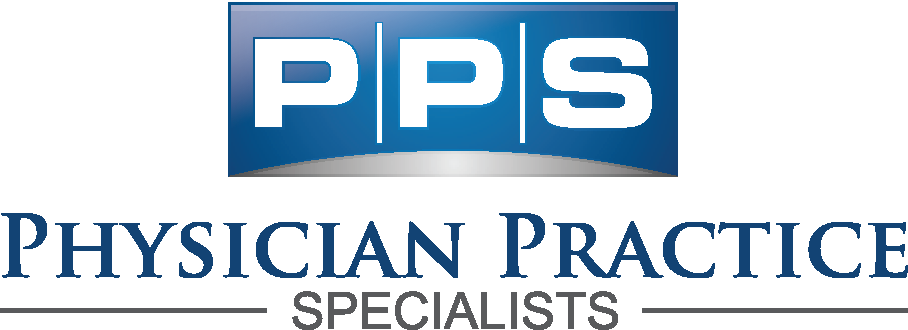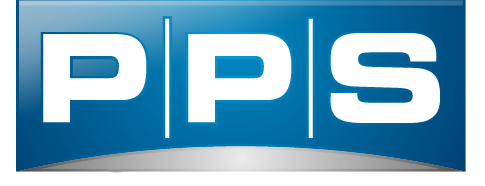As a covered entity, manufacturers are required to submit a report to CMS that details the value of all contributions you have received. While physicians are not “required” to do anything under this law, tracking contributions is advised to ensure manufacturers accurately report contributions to CMS. Why you ask? Well, CMS will aggregate the data and publish an individual physician report on a publicly available website. This report can and will be viewed by patients, watchdogs, litigators and the press which could be used to raise concerns about potential conflicts of interest. [/vc_column_text][/vc_column][/vc_row][vc_row full_width_padding_left=”40″ full_width_padding_right=”40″ full_width_margin_top=”0″ full_width_margin_bottom=”0″ bg_color=”#7e9ebf” bg_position=”top” bg_repeat=”no-repeat” bg_cover=”false” bg_attachment=”false” padding_top=”40″ padding_bottom=”40″ margin_top=”40″ margin_bottom=”40″ animation=”left-to-right” parallax_speed=”0.1″ full_width=”true”][vc_column width=”1/1″][dt_gap height=”15″][vc_column_text]
What is considered a transfer of value?
[/vc_column_text][/vc_column][/vc_row][vc_row full_width_padding_left=”40″ full_width_padding_right=”40″ full_width_margin_top=”0″ full_width_margin_bottom=”0″ bg_color=”#7e9ebf” bg_position=”top” bg_repeat=”no-repeat” bg_cover=”false” bg_attachment=”false” padding_top=”40″ padding_bottom=”40″ margin_top=”40″ margin_bottom=”40″ animation=”top-to-bottom” parallax_speed=”0.1″ full_width=”true”][vc_column width=”1/2″][dt_gap height=”15″][dt_vc_list style=”1″ dividers=”true”]- grants
- research
- education
- direct compensation for serving as faculty or speaker for CME event
- charitable contributions
- space rental or facility fees (teaching hospitals only)
- payments to an entity or individual at the request of a CE
- entertainment
- food and beverages
- travel and lodging
- gifts
- consulting fees
- compensation for other services
- honoraria
What is excluded from the report?
[/vc_column_text][dt_gap height=”15″][dt_vc_list style=”1″ dividers=”true”]- Staff lunches if the physician does not attend unless the lunch was requested by the Physician
- Transfers of less than $10
- CME events
- Not reportable unless unless amounts to more than $100 annually
- Pens, papers and other small items (less than $10) handed out at conferences or large scale events are excluded from the $100 aggregation requirement
- Aggregate across all categories (food, entertainment, products etc.)
Who is excluded from the report?
[/vc_column_text][dt_gap height=”10″][vc_column_text]- Physician Assistants
- Nurse Practitioners
- Residents
What should you do?
[/vc_column_text][dt_gap height=”15″][vc_message color=”alert-block”]- Develop internal tracking mechanisms to accurately attribute the transfers of value (e.g. lunches, entertainment etc.)
- Create a reporting template for each physician and track payments individually
- Distribute reporting templates to each physician to track transfers of payments that occur outside of the practice (i.e. speaking engagements, travel, research)
- Develop sample talking points physicians may use with patients to inform them of their relationships with manufacturers/GPOs
- Ensure the physician’s information is updated in NPPES to facilitate communication with manufacturers regarding transfers of value.
- On March 31, 2014, physicians should begin reviewing manufacturer/GPO reports on the Open Payments Website (Access Here)


